 |
|
SpainSat NG-1 (Falcon 9) 29 January 2025 |
Launch Complex 39A Kennedy Space Center |
A SpaceX Falcon 9 rocket launched the Hisdesat SpainSat Next Generation (NG)-1 mission to geosynchronous transfer orbit from Launch Complex 39A (LC-39A) at Kennedy Space Center at 8:34 p.m. on 29 January 2025. Due to the additional performance required to deliver this payload to orbit, this will be the 21st and final flight for the Falcon 9 first stage booster supporting this mission, which previously launched SES-22, ispace's HAKUTO-R MISSION 1, Amazonas-6, CRS-27, Bandwagon-1, GSAT-20, Thuraya-4, and 13 Starlink missions. |
|
LONG DISTANCE VIEWS OF THE LAUNCH |
|
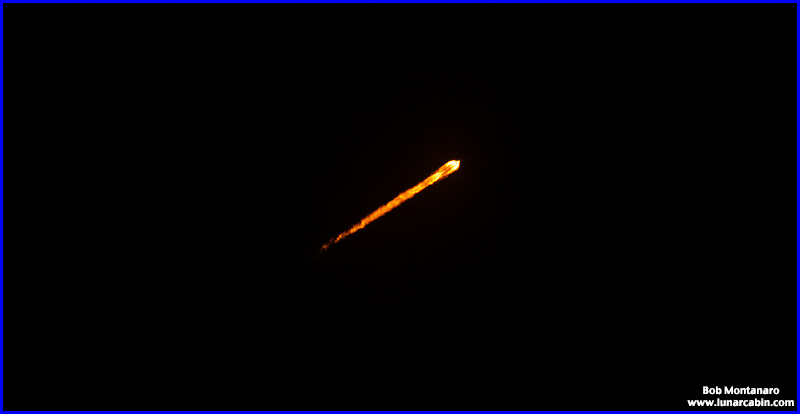 |
|
 |
|
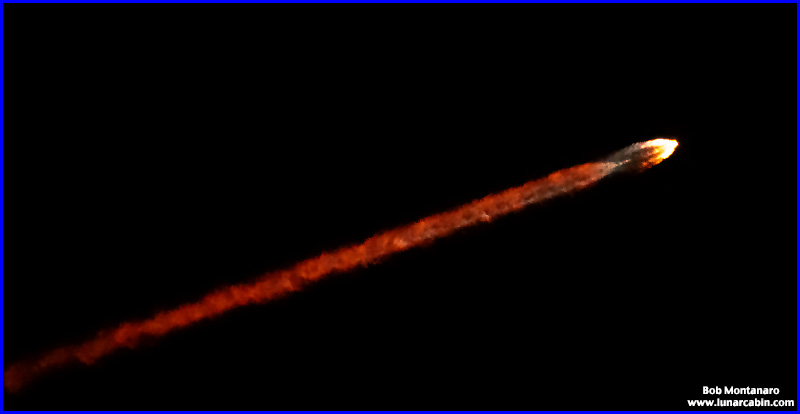 |
|
 |
|
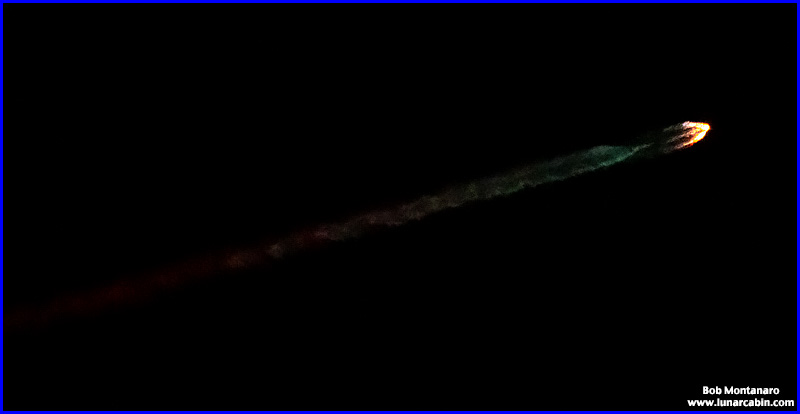 |
|
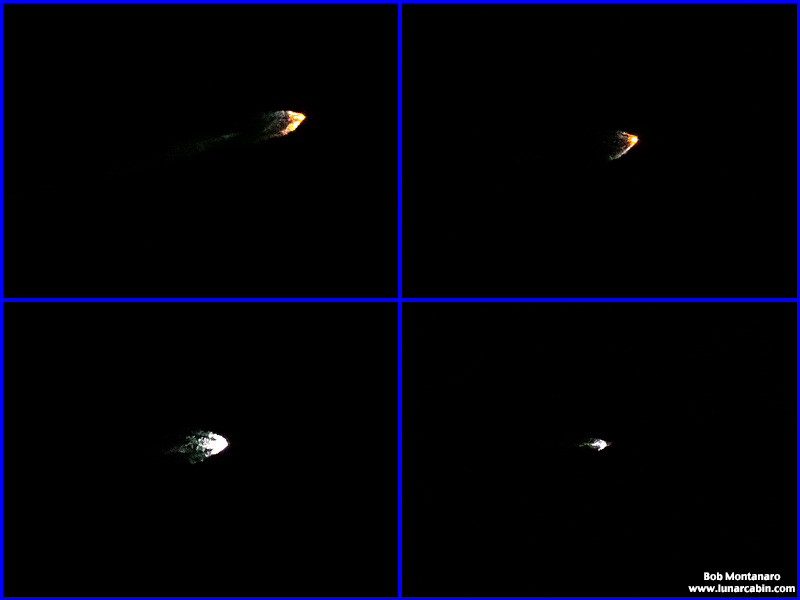 |
|
 |
|
EXCERPTS FROM AN AIRBUS MEDIA RELEASE |
|
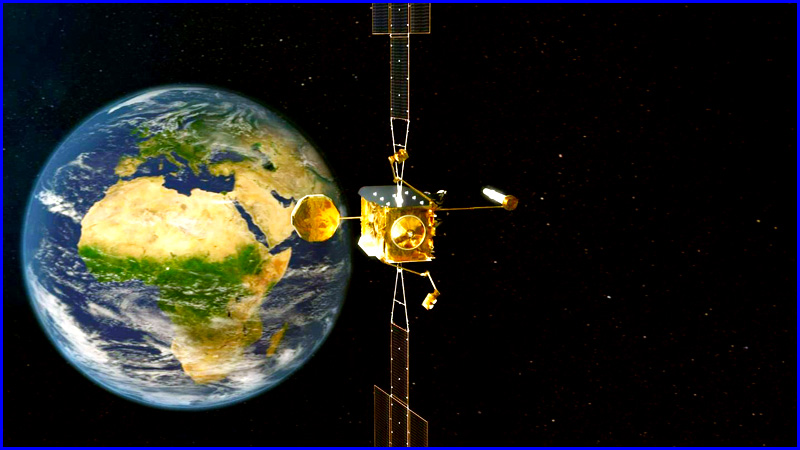 |
|
Artist rendering of SpainSat NG-1 in orbit. IMAGE CREDIT: Airbus |
|
Military satellite communications play an increasingly important role in operating effectively in multiple domains whether in military operations or in humanitarian relief and rescue missions. This is why the Spanish Ministry of Defence (MoD) is upgrading its satellite communications capabilities. The Spanish Government satellite operator and service provider, Hisdesat, is developing the SPAINSAT [Next Generation] NG Programme for the Spanish MoD through a Public Private Partnership, and selected Airbus DS System as prime contractor for the space segment. The programme consists of a set of twin satellites, SpainSat NG I and SpainSat NG II, which aim to provide secure and reliable communications for military operations, as well as supporting humanitarian and disaster relief efforts. They will serve the Spanish Armed Forces and other national and allied government agencies. SpainSat NG satellites are equipped with the most advanced technology available on the market today. At the heart of the spacecraft is the state-of-the-art transmit and receive active antenna system built by Airbus Defence and Space in Spain, which is a fundamental component of the satellites' mission. This cutting-edge system enables the antenna's coverage and performance to be dynamically adapted to the needs of the mission using sophisticated software processing. This cutting-edge direct radiating array (DRA) system also incorporates advanced features such as the ability to switch between different coverage zones thousands of times per second, the capability to adapt the coverage zones to reduce unwelcomed signals and the ability to locate terrestrial emitters of known or unknown origin with high accuracy. These features are possible thanks to key technological building blocks such as the gallium nitride (GaN) solid-state amplifier technology providing superior power efficiency and linearity than the legacy Gallium arsenide (GaAs) technology. In addition, the tailor-made beamforming networks based on high-density X-band hybrid radio frequency modules which now integrate hundreds of phase and amplitude control nodes in a small footprint, enable the implementation of up to 16 independent beams on each active antenna in order to serve the most demanding missions. Moreover, their transparent digital processor on board makes them "software-defined satellites”. The prime contractor is Airbus Defence and Space. Airbus in Spain is also responsible for the X-band equipment and Thales Alenia Space España for the UHF and military Ka-band equipment. The SpainSat NG I satellite is scheduled for entering into service in 2025, and will provide coverage to Europe, Africa and America from geostationary orbit. |
|
All contents copyright Lunar Cabin |
|